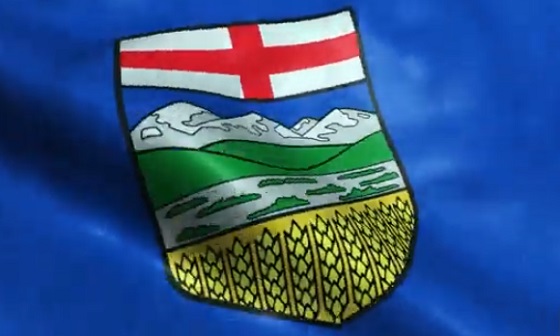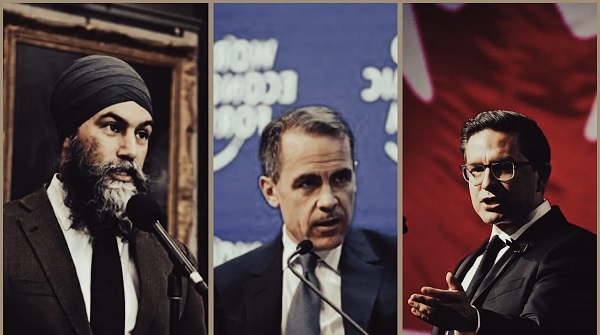Business
Trump’s Initial DOGE Executive Order Doesn’t Quite ‘Dismantle Government Bureaucracy’
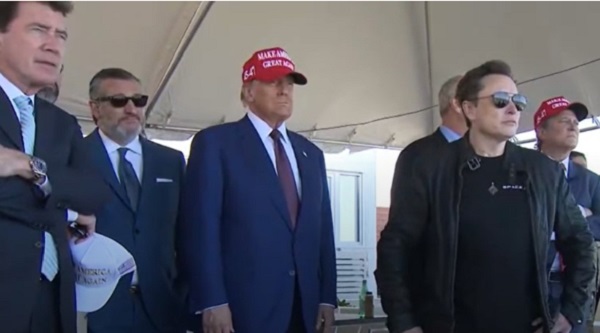

From the Daily Caller News Foundation
By Thomas English
President Donald Trump’s Monday executive order establishing the Department of Government Efficiency (DOGE) presents a more modest scope for the initiative, focusing primarily on “modernizing federal technology and software.”
The executive order refashions the Obama-era United States Digital Service (USDS) into the United States DOGE Service. Then-President Barack Obama created USDS in 2014 to enhance the reliability and usability of online federal services after the disastrous rollout of HealthCare.gov, an insurance exchange website created through the Affordable Care Act (ACA). Trump’s USDS will now prioritize “modernizing federal technology and software to maximize efficiency and productivity” under the order, which makes no mention of slashing the federal budget, workforce or regulations — DOGE’s originally advertised purpose.
“I am pleased to announce that the Great Elon Musk, working in conjunction with American Patriot Vivek Ramaswamy, will lead the Department of Government Efficiency (‘DOGE’),” Trump said in his official announcement of the initiative in November. “Together, these two wonderful Americans will pave the way for my Administration to dismantle Government Bureaucracy, slash excess government regulations, cut wasteful expenditures, and restructure Federal Agencies.”
The order’s focus on streamlining federal technology and software stands in contrast to some of DOGE’s previously more expansive aims, including Elon Musk’s claim that “we can [cut the federal budget] by at least $2 trillion” at Trump’s Madison Square Garden rally in November. Musk now leads DOGE alone after Vivek Ramaswamy stepped down from the initiative Monday, apparently eying a 2026 gubernatorial run in Ohio.
The order says it serves to “advance the President’s 18-month DOGE agenda,” but omits many of the budget-cutting and workforce-slashing proposals during Trump’s campaign. Rather, the order positions DOGE as a technology modernization entity rather than an organization with direct authority to enact sweeping fiscal reforms. There is no mention, for instance, of trillions in budget cuts or a significant reduction in the federal workforce, though the president did separately enact a hiring freeze throughout the executive branch Monday.
“I can’t help but think that there’s more coming, that maybe more responsibilities will be added to it,” Susan Dudley, a public policy professor at George Washington University, told the Daily Caller News Foundation. Dudley, who was also the top regulatory official in former President George W. Bush’s administration, said the structure of the new USDS could impact the recent lawsuits against the DOGE effort.
“I think it maybe moots the lawsuit that’s been brought for it not being FACA,” Dudley said. “So if this is how it’s organized — that it’s people in the government who bring in these special government employees on a temporary basis, that might mean that the lawsuit doesn’t really have any ground.”
Three organizations — the American Federation of Government Employees (AFGE), National Security Counselors (NSC) and Citizens for Responsibility and Ethics in Washington (CREW) — separately filed lawsuits against DOGE within minutes of Trump signing the executive order. The suits primarily challenge DOGE’s compliance with the Federal Advisory Committee Act (FACA), alleging the department operates without the required transparency, balanced representation and public accountability.
The order also emphasizes not “be construed to impair or otherwise affect … the authority granted by law to an executive department or agency, or the head thereof; or the functions of the Director of the Office of Management and Budget relating to budgetary, administrative, or legislative proposals.”
“And the only mention of OMB [Office of Management and Budget] is some kind of boilerplate at the end — that it doesn’t affect that. But that’s kind of general stuff you often see in executive orders,” Dudley continued, adding she doesn’t “have an inside track” on whether further DOGE-related executive orders will follow.
“It’s certainly, certainly more modest than I think Musk was anticipating,” Dudley said.
Trump’s order also establishes “DOGE Teams” consisting of at least four employees: a team lead, a human resources specialist, an engineer and an attorney. Each team will be assigned an executive agency with which it will implement the president’s “DOGE agenda.”
It remains unclear whether Monday’s executive order comprehensively defines DOGE, or if additional orders will be forthcoming to broaden its mandate.
Business
Top Canadian bank ditches UN-backed ‘net zero’ climate goals it helped create
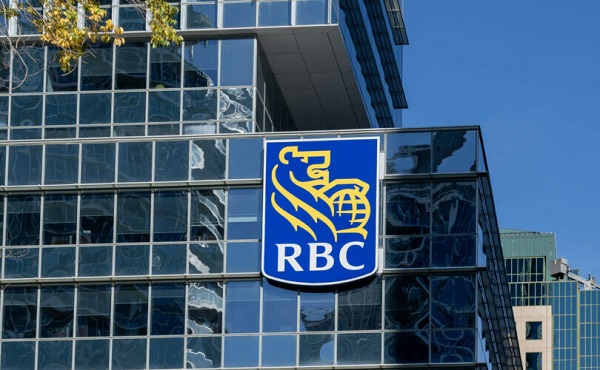
From LifeSiteNews
RBC’s dropping of its ‘net zero’ finance targets came just one day after the Liberal Party under Mark Carney was re-elected in Canada.
Just one day after the re-election of the Liberal Party under Mark Carney, the Royal Bank of Canada joined the growing list of top banks withdrawing from a United Nations-backed “net zero” alliance that supports the eventual elimination of the nation’s oil and gas industry in the name of “climate change.”
The Royal Bank of Canada (RBC) on Tuesday quietly dumped its UN-backed Net-Zero Banking Alliance (NZBA) sustainable finance targets, which called for banks to come in line with the push for net-zero carbon emissions by 2050. The NZBA is a subgroup of the Glasgow Financial Alliance for Net Zero (GFANZ), which Carney was co-chair of until recently.
RBC’s departure comes despite the fact that it was one of the NZBA’s founding members.
RBC joins Toronto-Dominion Bank (TD), Bank of Montreal (BMO), National Bank of Canada, and the Canadian Imperial Bank of Commerce (CIBC) who earlier in the year said they were withdrawing from the NZBA.
The bank announced the move away from a green agenda in its 2024 sustainability report, noting it would no longer look to pursue a $500 billion sustainable finance goal. It cited changes to Canada’s federal Competition Act as the reason.
The changes to the act, known as the “greenwashing law,” now mandate that companies provide proof of their environmental claims.
“We have reviewed our methodology and have concluded that it may not have appropriately measured certain of our sustainable finance activities,” noted RBC in its report.
RBC also noted it would not make public any of its metrics regarding its energy supply ratio.
Monday’s election saw Liberal leader Carney beat out Conservative rival Poilievre, who also lost his seat. The Conservatives managed to pick up over 20 new seats, however, and Poilievre has vowed to stay on as party leader, for now.
Carney worked as the former governor of the Bank of Canada and Bank of England and spent many years promoting green financial agendas.
The GFANZ was formed in 2021 while Carney was its co-chair. He resigned from his role in the alliance right before he announced he would run for Liberal leadership to replace former Prime Minister Justin Trudeau.
Large U.S. banks such as Morgan Stanley, JPMorgan Chase & Co, Wells Fargo and Bank of America have all withdrawn from the group as well.
Since taking office in 2015, the Liberal government, first under Trudeau and now under Carney, has continued to push a radical environmental agenda in line with those promoted by the World Economic Forum’s “Great Reset” and the United Nations’ “Sustainable Development Goals.” Part of this push includes the promotion of so called net-zero energy by as early as 2035.
Business
Overregulation is choking Canadian businesses, says the MEI

 From the Montreal Economic Institute
From the Montreal Economic Institute
The federal government’s growing regulatory burden on businesses is holding Canada back and must be urgently reviewed, argues a new publication from the MEI released this morning.
“Regulation creep is a real thing, and Ottawa has been fuelling it for decades,” says Krystle Wittevrongel, director of research at the MEI and coauthor of the Viewpoint. “Regulations are passed but rarely reviewed, making it burdensome to run a business, or even too costly to get started.”
Between 2006 and 2021, the number of federal regulatory requirements in Canada rose by 37 per cent, from 234,200 to 320,900. This is estimated to have reduced real GDP growth by 1.7 percentage points, employment growth by 1.3 percentage points, and labour productivity by 0.4 percentage points, according to recent Statistics Canada data.
Small businesses are disproportionately impacted by the proliferation of new regulations.
In 2024, firms with fewer than five employees pay over $10,200 per employee in regulatory and red tape compliance costs, compared to roughly $1,400 per employee for businesses with 100 or more employees, according to data from the Canadian Federation of Independent Business.
Overall, Canadian businesses spend 768 million hours a year on compliance, which is equivalent to almost 394,000 full-time jobs. The costs to the economy in 2024 alone were over $51.5 billion.
It is hardly surprising in this context that entrepreneurship in Canada is on the decline. In the year 2000, 3 out of every 1,000 Canadians started a business. By 2022, that rate had fallen to just 1.3, representing a nearly 57 per cent drop since 2000.
The impact of regulation in particular is real: had Ottawa maintained the number of regulations at 2006 levels, Canada would have seen about 10 per cent more business start-ups in 2021, according to Statistics Canada.
The MEI researcher proposes a practical way to reevaluate the necessity of these regulations, applying a model based on the Chrétien government’s 1995 Program Review.
In the 1990s, the federal government launched a review process aimed at reducing federal spending. Over the course of two years, it successfully eliminated $12 billion in federal spending, a reduction of 9.7 per cent, and restored fiscal balance.
A similar approach applied to regulations could help identify rules that are outdated, duplicative, or unjustified.
The publication outlines six key questions to evaluate existing or proposed regulations:
- What is the purpose of the regulation?
- Does it serve the public interest?
- What is the role of the federal government and is its intervention necessary?
- What is the expected economic cost of the regulation?
- Is there a less costly or intrusive way to solve the problem the regulation seeks to address?
- Is there a net benefit?
According to OECD projections, Canada is expected to experience the lowest GDP per capita growth among advanced economies through 2060.
“Canada has just lived through a decade marked by weak growth, stagnant wages, and declining prosperity,” says Ms. Wittevrongel. “If policymakers are serious about reversing this trend, they must start by asking whether existing regulations are doing more harm than good.”
The MEI Viewpoint is available here.
* * *
The MEI is an independent public policy think tank with offices in Montreal, Ottawa, and Calgary. Through its publications, media appearances, and advisory services to policymakers, the MEI stimulates public policy debate and reforms based on sound economics and entrepreneurship.
-

 Alberta2 days ago
Alberta2 days agoIt’s On! Alberta Challenging Liberals Unconstitutional and Destructive Net-Zero Legislation
-
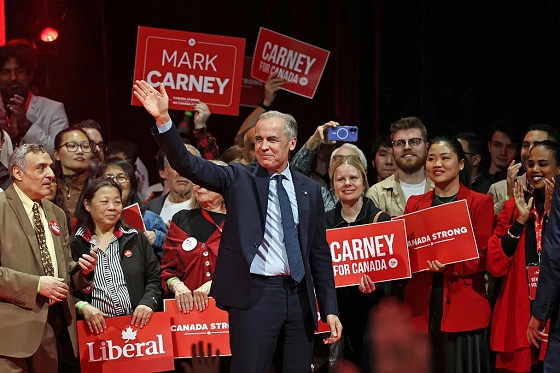
 Alberta2 days ago
Alberta2 days agoAlberta’s future in Canada depends on Carney’s greatest fear: Trump or Climate Change
-
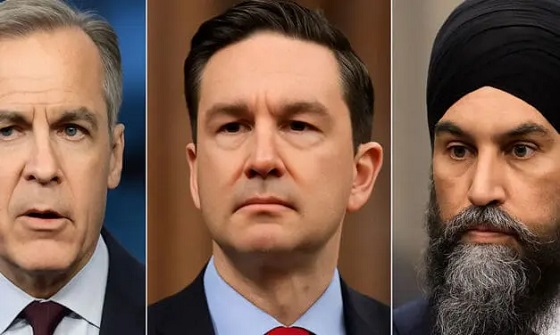
 2025 Federal Election1 day ago
2025 Federal Election1 day agoThe Liberals torched their own agenda just to cling to power
-

 Agriculture2 days ago
Agriculture2 days agoLiberal win puts Canada’s farmers and food supply at risk
-
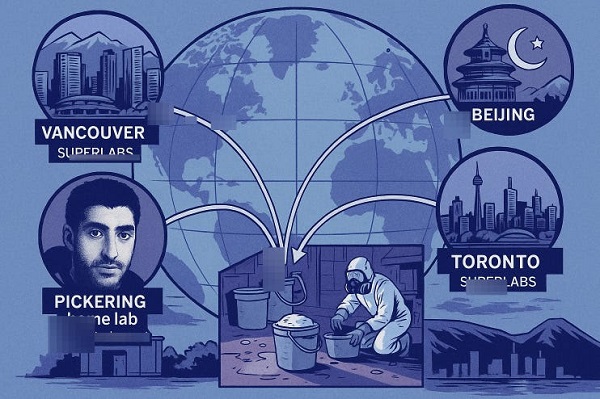
 Crime10 hours ago
Crime10 hours agoCanada Blocked DEA Request to Investigate Massive Toronto Carfentanil Seizure for Terror Links
-
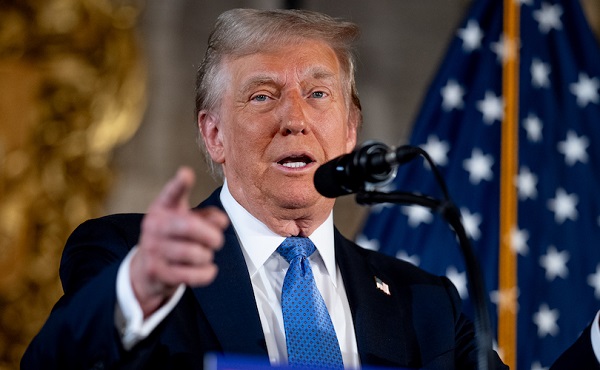
 Business1 day ago
Business1 day agoTrump says he expects ‘great relationship’ with Carney, who ‘hated’ him less than Poilievre
-
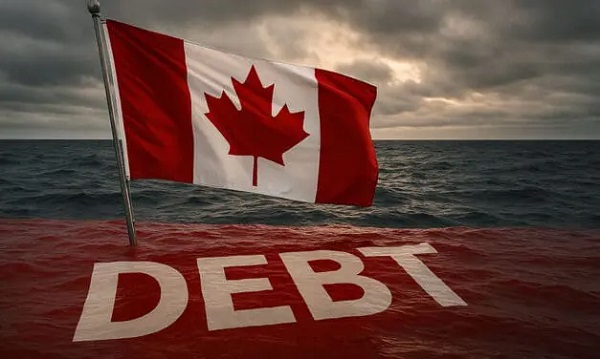
 Business1 day ago
Business1 day agoCanada urgently needs a watchdog for government waste
-

 International2 days ago
International2 days agoNigeria, 3 other African countries are deadliest for Christians: report
